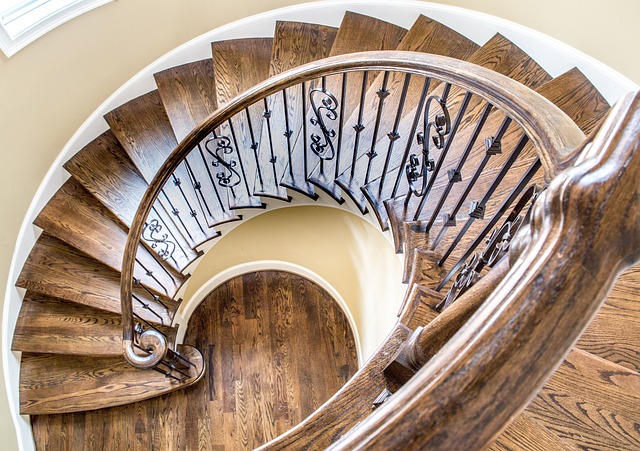
When it comes to household safety, stairs are one of the most overlooked hazards. Whether you’re living in a multi-story house or a cozy split-level, staircases deserve more attention than they often get. A few smart adjustments and regular maintenance can go a long way toward preventing slips, trips, and serious injuries. Here’s a practical guide to improving stair safety in your home.
Start with Solid Construction
The first step to a safe staircase is making sure it’s structurally sound. Treads should be even, level, and securely anchored. Risers must be consistent in height—uneven steps are a common cause of falls. Wobbly steps or loose boards should be repaired without delay. Also, make sure your stairs meet local building codes, which typically require a maximum rise and minimum tread depth for comfort and safety.
Install Reliable Handrails
Every staircase should have a sturdy handrail—ideally on both sides. Handrails need to be securely fastened and easy to grip, with a continuous run the full length of the staircase. They should extend slightly beyond the top and bottom steps to offer support before stepping on or off the stairs. Avoid decorative railings that sacrifice function for style.
Keep It Well-Lit
Poor lighting is a frequent culprit in stair accidents. Install bright, shadow-free lighting at the top and bottom of the stairs, and consider motion-activated or LED strip lights for added visibility. Switches should be easy to access from both ends. Natural light helps, too—if you have a nearby window, keep it unobstructed.
Tread Carefully
Bare wood or polished surfaces can be dangerously slick. Consider applying non-slip stair treads or carpet runners to improve traction. If your stairs are already carpeted, check that it’s tightly secured—loose or bunched carpeting is a tripping hazard. Anti-slip nosing strips are another smart addition, especially in homes with kids or older adults.
Clear the Clutter
It might seem obvious, but too often stairs become a dumping ground for shoes, toys, laundry, and other household items. Always keep staircases clear. One misplaced object can lead to a dangerous fall. Make it a house rule: nothing gets stored on the stairs—ever.
Mind the Little Ones and Seniors
If your home has toddlers or aging family members, extra precautions are essential. Fit baby gates at the top and bottom of the stairs. For seniors, consider contrasting edge colors on each step for better depth perception. A second handrail or stairlift may also be appropriate, depending on mobility.
Routine Maintenance Matters
Check your stairs regularly for wear and tear. Loose handrails, squeaky steps, or shifting boards are not just nuisances—they’re warning signs. A quick fix today can prevent a serious injury tomorrow.
A safe home starts with solid footing—literally. By giving your stairs the attention they deserve, you’re not just protecting your family; you’re also preserving your home’s overall integrity. Take the steps now to make each step safe.
